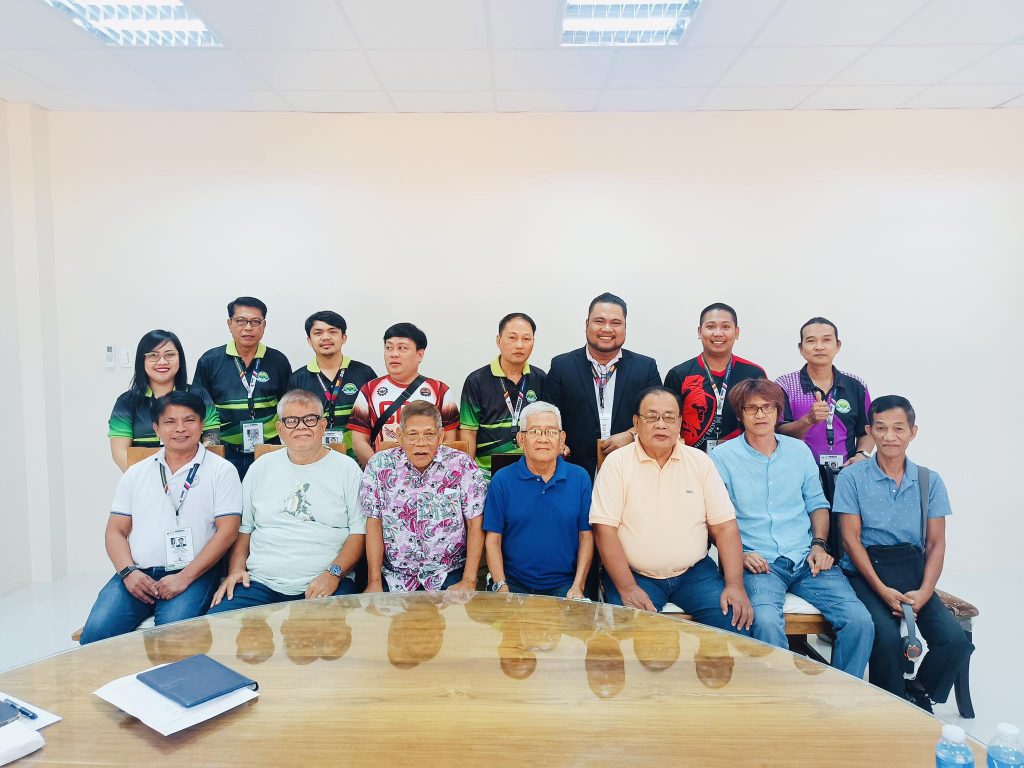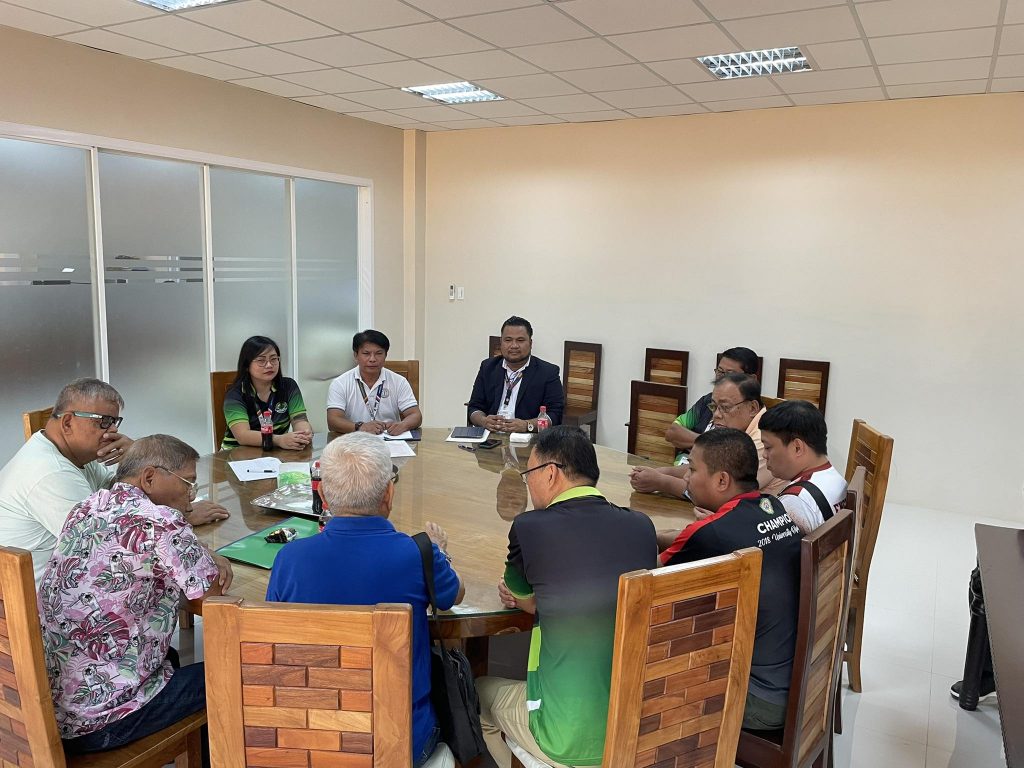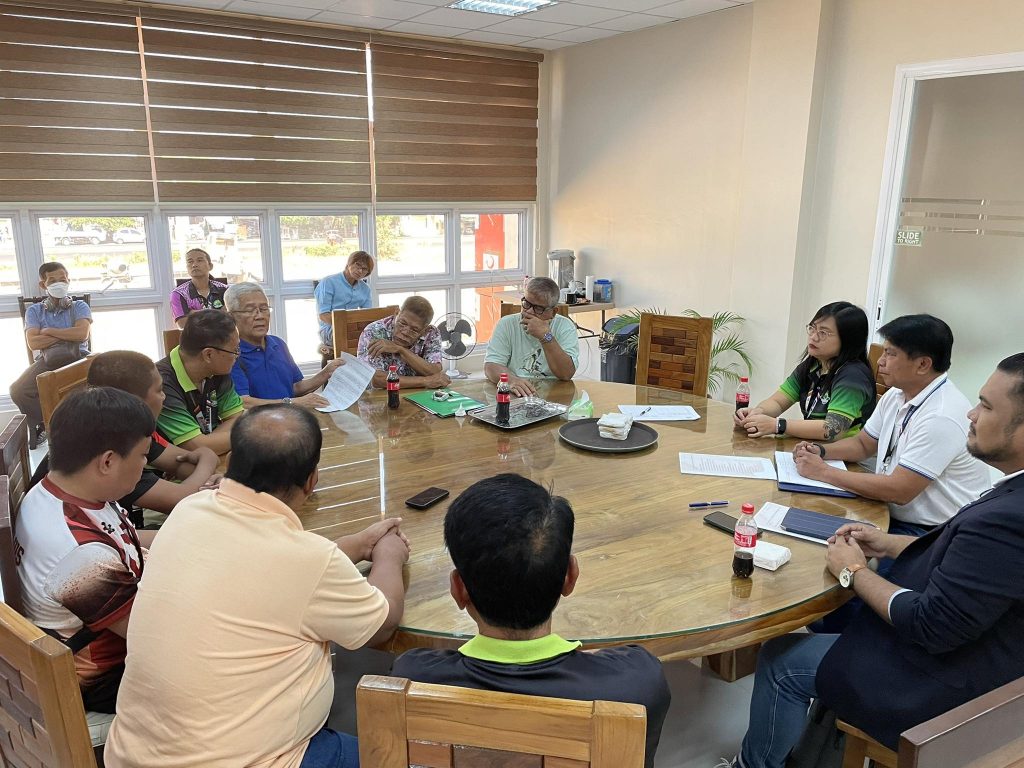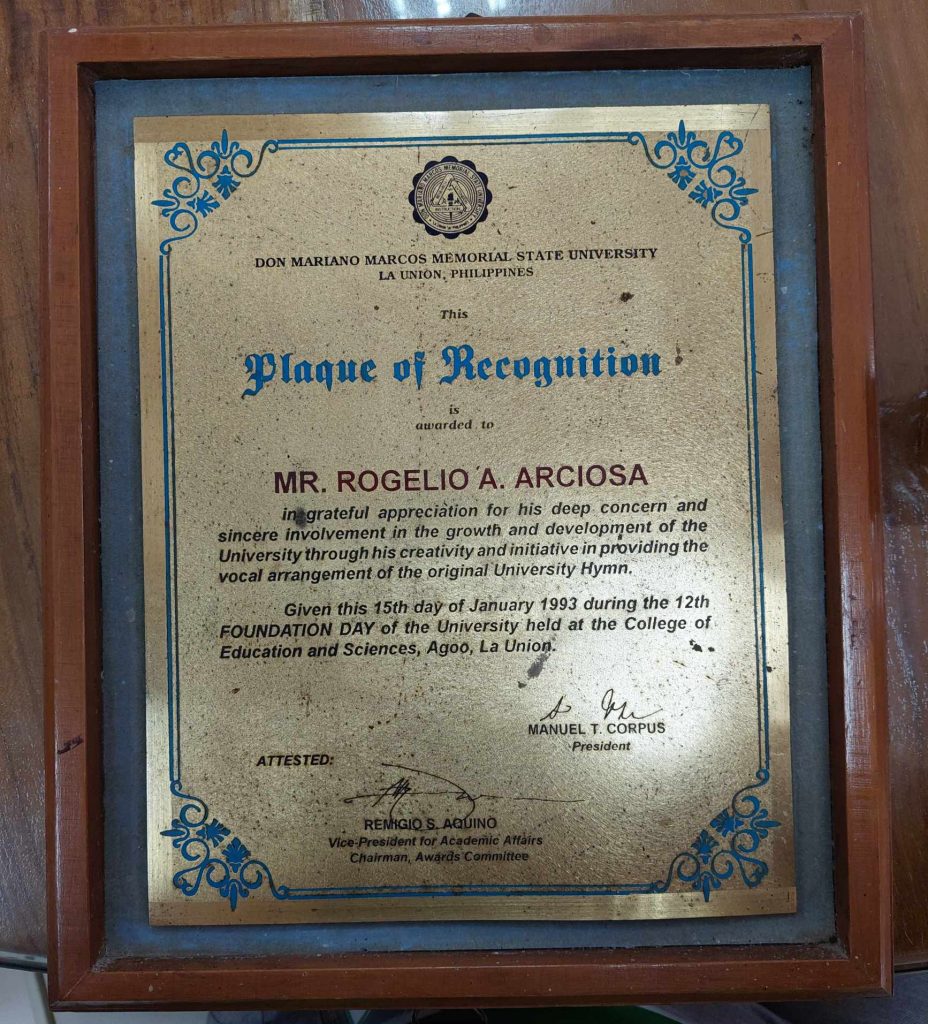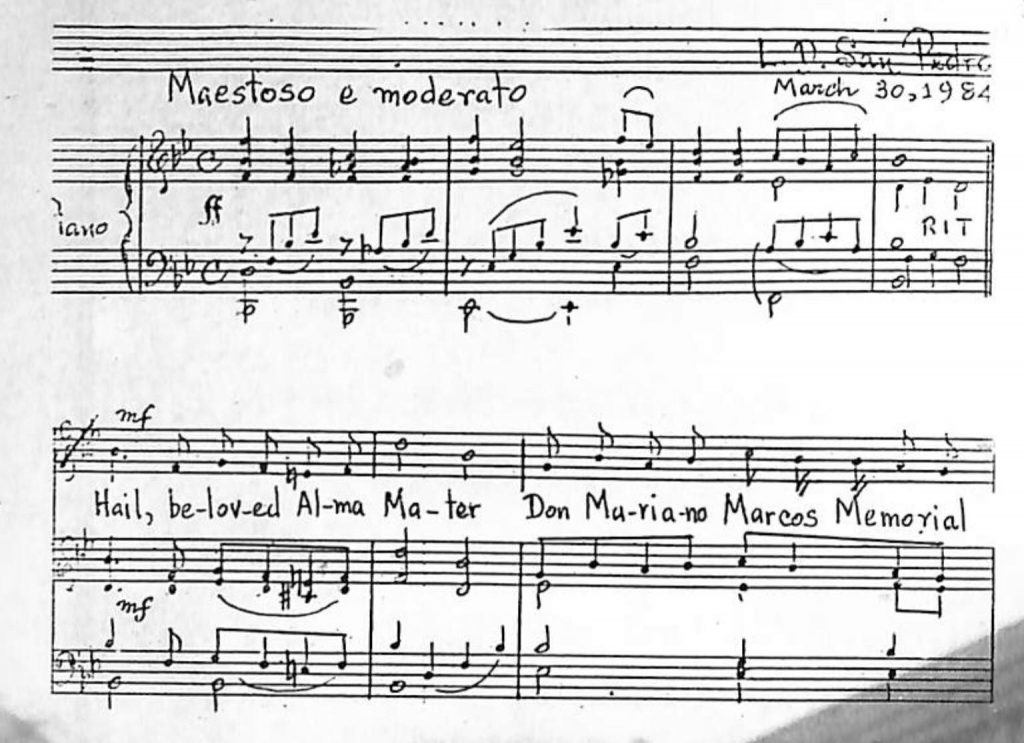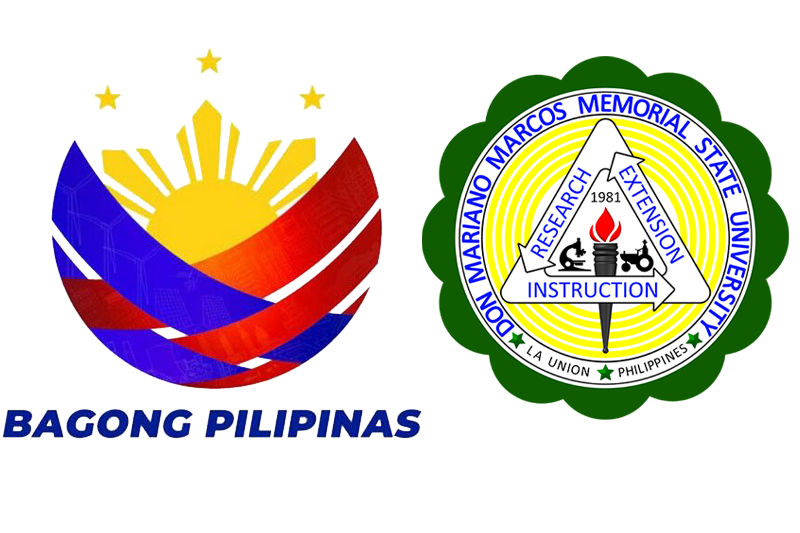DMMMSU’s University Hymn was created during the time of Jose D. Aspiras, an important historical figure in La Union. Hailing in Agoo, La Union, the then Jose D. Aspiras, was the Minister of Tourism and a close ally to the then Pres. Ferdinand Marcos, Sr. during the 1970s and 1980s. Jose D. Aspiras has been a significant personality in the cultural legacy of Don Mariano Marcos Memorial State University. Then, agriculture, tourism, and the arts had been the campaign of the Marcos administration to disseminate the ideals of the New Society (Bagong Lipunan). It was within these ideals that the establishment of agricultural universities, arts institutions, and tourism activities was facilitated extensively within the country. This explains why one was established in the very province of the Minister of Tourism. This also paved the way for Lucio San Pedro’s to visit the newly established DMMMSU. San Pedro immersed himself in the local music of the Ilocos Region.
Meanwhile, in DMMMSU on March 30, 1984, Prof. Corazon Pizarro, who wrote the lyrics, and Dr. Angel Salamanca, who first to create the music of the Hymn, (both from the North La Union Campus), together with the then Head of Instruction of the South La Union Campus, Prof. Florent Sals, approached Lucio San Pedro — who was soon-to-be a National Artist for Music — to check on a poetry made by Pissaro.
Earlier that year, the then University President, Dr. Bienvenido Agpaoa, challenged Pizarro and Salamanca to come up with a University Hymn. Confronted by challenges in the technical requirements of music composition, however, they decided to seek expert intervention. Seizing the opportunity for consultation with San Pedro, they eventually met him through Prof. Sals, a close friend of Minister Aspiras. During their meeting, San Pedro examined the material brought by Pizarro and Salamanca and came up with an art song format of the University Hymn, complete with vocal and piano parts. The final approved version of the University Hymn was born under the auspices of the Creative Nationalism philosophy of San Pedro on that same day. Meanwhile, Prof. Rogelio A. Arciosa provided the vocal arrangement of the original Hymn. In fact, he was given a plaque of recognition for this during the 12th Foundation Anniversary Celebration of DMMMSU on January 12, 1993.
As a musician, Lucio San Pedro was known for his creative nationalism philosophy. He created music by extracting motifs from local musical sources. This compositional device was consistently used in his compositions such as Lahing “Kayumanggi”, “Sa Mahal Kong Bayan”, and “Sa Ugoy ng Duyan”. His enigmatic music captured the heart of Filipino nationalism. This merited his inclusion in the Order of National Artist by virtue of Proclamation No. 725, s. 1991 by President Corazon C. Aquino.
Applying his creative nationalism, Lucio San Pedro interlaced Ilocano and Pangasinan folk song motifs in the University Hymn. These motifs, manifested in the University Hymn, were clearly identified by music Professors of the South La Union Campus, namely Mr. Renan Flores and Dr. Bienvenido Constantino, Jr.
Fast forward to February 27, 2024, Dr. Jaime I. Manuel, Jr., the University President, in his desire to uncover who the artists are behind the creation of the University Hymn, organized a group of musical experts, faculty members, administrators, and legal counsel to convene and discuss the history of the DMMMSU Hymn in his office. The group was tasked to trace the roots and journey of the Hymn as an embodiment of the University’s identity, vision, mission, and goals. During the meeting, archival documents were presented to strengthen the fact that the Hymn was indeed conceived by Pizarro, Salamanca, and San Pedro. Also, a handwritten manuscript of the University Hymn showing the composition of San Pedro was presented. This was subjected to triangulation against other handwritten works of San Pedro to establish that the manuscript was indeed San Pedro’s handwriting. Two of San Pedro’s students who are retired music Professors in DMMMSU participated in examining the said document. In addition, one of the participants during the dialogue claimed that he was a witness to the DMMMSU professors’ meeting with the National Artist in 1984.
The group also unanimously agreed to recommend the original lyrics of the University Hymn as evidenced by the 1981 manuscript of lyric sheet and 1984 manuscript of the music score. The lyrics are as follows:
Hail Beloved Alma Mater
Don Mariano Marcos Memorial State University
Your honored name shall shine forever
Keep your glorious fame resounding far and near
From your portals we learn in skills unknown before
Our hearts and hands keep on craving for more
Oh! hail beloved institution
Never shall we stand forlorn
From you a new era is born
To keep life smoothly moving on
You are our inspiration
In our quest for knowledge and wisdom
You fulfill a noble mission
In instruction, research, and extension
You give the best solution
In transforming our land into a great nation
And though the years may come and go
Our love for you will glow
Beloved University, we’re proud of you!
We are proud of you!
From the time that the University Hymn was used in the three campuses in 1984, developments have been observed since music arrangements were made to contextualize it for the band, rondalla, and choral music. During the meeting, retired Professor Rogelio A. Arciosa, presented his plaque of recognition signed by the then University President Manuel T. Corpus.
It also transpired during the meeting that the current key signature of the hymn in G Major was transposed by a colleague of Salamanca from the original San Pedro version of B Flat Major to maximize the participation of the members of the DMMMSU community.
Since then, other arrangements surfaced, also did other versions of lyrics, rhythm, and melody.
Currently, efforts are being made to retain the integrity of the Hymn and proposals that are now being made gear towards the music composition’s recognition not only as an intangible heritage of the university, but also as an important cultural property of the nation with Lucio San Pedro being established as the co-composer of the music. R.A. 10066, also known as the “National Cultural Heritage Act of 2009”, further supports the premise. The DMMMSU Hymn, being a work of a national artist, is valued as an important cultural property as stated in Article III, Sec. 5b of the said Act if it will be declared by the National Museum and the National Historical Institute of the Philippines
The DMMMSU Hymn, more than a piece of music, contains priceless cultural information on the establishment of the University. It captures DMMMSU’s dreams, hopes, and aspirations and is an imprint of its journey as an educational institution. With the unveiling of the Hymn as a work of a national artist, it is not just a piece of manuscript we are preserving but also the DMMMSU’s dignity and that of a cultural treasure of the nation, a National Work of Art. (By Renan N. Flores)
____
The writer, Mr. Renan N. Flores, is currently the OIC Program Chair of the Bachelor of Culture and Arts of the College of Education of the South La Union Campus. He composed several town hymns in the Province of La Union including those of Pugo, Bagulin and Balaoan. He is also an organist, pianist, music composer. He is the choir conductor of DMMMSU Chorale. He and Dr. Bienvenido Constantino, Jr., an internationally renowned choir conductor, were able to locate an archive, the scanned manuscript of the DMMMSU Hymn. The DMMMSU Hymn is the subject of Mr. Flores’ current research work.
____
Special thanks to the following retired members of DMMMSU Band, namely Prof. Joselito Barcelo, Prof. Mariano dela Cruz, Prof. Rogelio Arciosa, Mr. Armando Apilado, Mr. Reynaldo Songcuan, and Mr. Rodolfo Agas; and current members, namely Mr. Benigno Navalta, Mr. Jowan Aspiras, Mr. Romeo Lopez, Mr. Jerome Malasaga, Mr. Julius Raul Sampaga, Mr. Lean Patrick Sampaga at Mr. Leonardo Navalta, who selflessly spared their time and shared their lived experiences and narratives on the birth and journey of the University Hymn. They helped immensely in establishing the fact that the Hymn is indeed the work of Lucio San Pedro.
Appreciation is also extended to President Jaime I. Manuel, Jr. for taking the lead in giving importance to the establishment of the identity of the University Hymn, and to VP Lilito Gavina and Atty. Rozzanne Victoria G. Buccat-Villamin in spearheading the forum of DMMMSU’s creatives.
